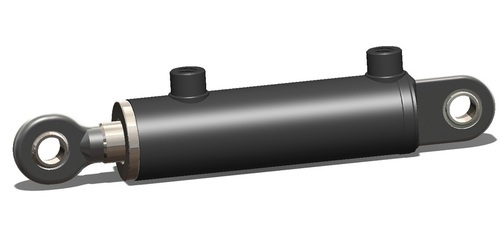

Hydraulic cylinders, or motors, are in more things than you may initially think. These cylinders are sealed around a piston which is attached to something needing unidirectional force, such as the trunk lid on your car. Pressurized fluid is then pushed or drawn into the cylinder to move the object and hold it in place until the fluid is released.
Parts
The necessary parts of a hydraulic motor include the cylinder, piston with rod and the seals. You will also need the fluid used to move the motor and a valve for it to move in and out of the cylinder. Depending on the type of motor you need, and the amount of force it needs to move, you may also need pumps and an energy source. You can find a good supply of hydraulic cylinder parts online to help you build and maintain your systems.
Uses
Some of the most easily recognizable uses for hydraulics are in heavy construction machinery where the buckets and arms of backhoes and excavators are linked and moved by these motors. Since the fluid is pressurized inside the cylinder, the piston will not return to the resting position until that pressure is released, and many can be stopped at nearly any spot along the cylinder.
Maintenance
When your hydraulics are not in good repair, they can spring a leak under the normal operating pressure, fail to move the fluid into the cavity properly or even have the piston rod bend or break. Therefore, it is a good idea to regularly inspect your systems for wear and tear as well as clean and replace the hydraulic fluid as recommended for your system.
Hydraulic cylinders do a lot of work in your daily life from holding open your trunk to excavating the ground to place a building foundation and much more. Taking care of your hydraulic systems means making sure that you have the right parts and that you are inspecting them regularly for wear and tear.
